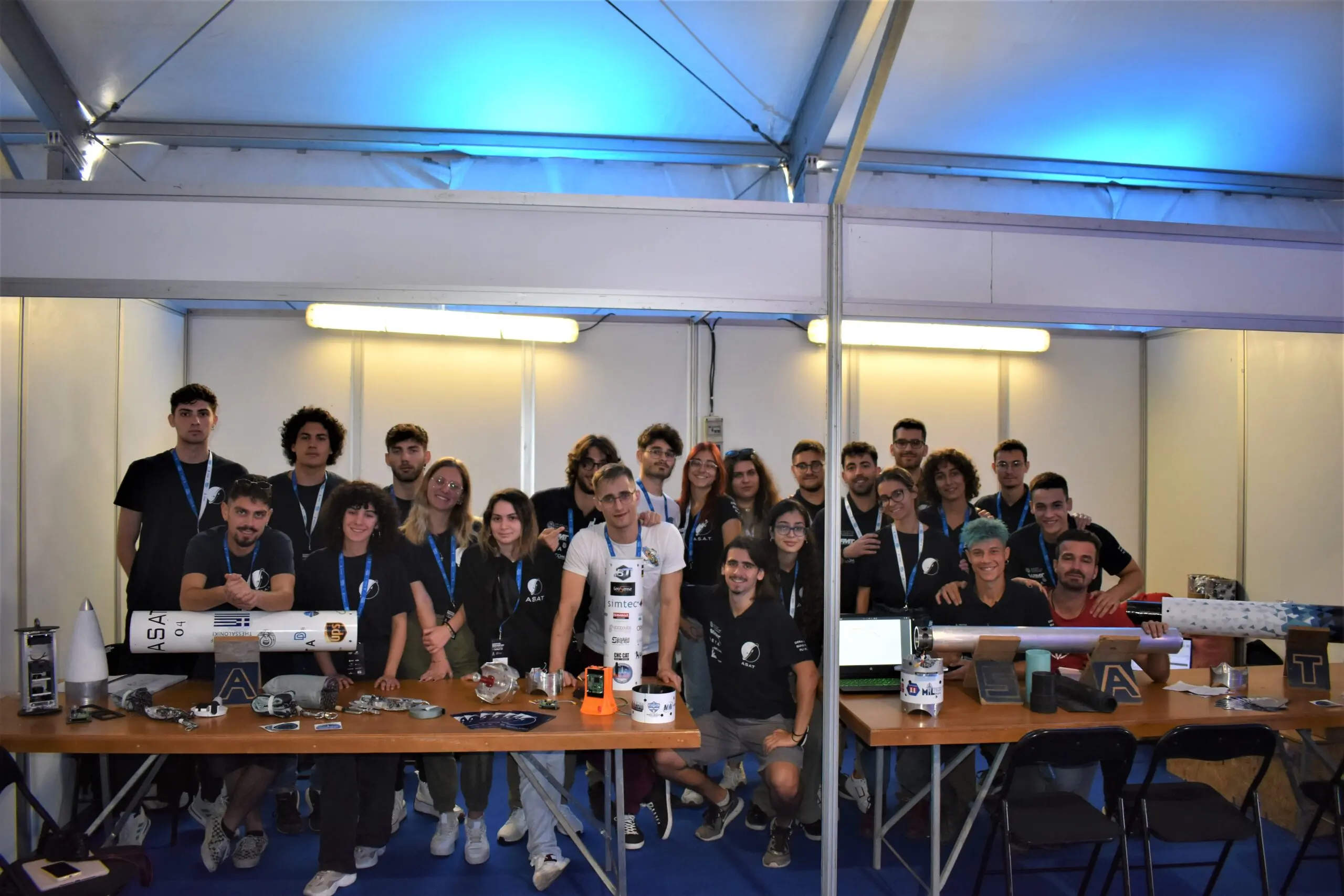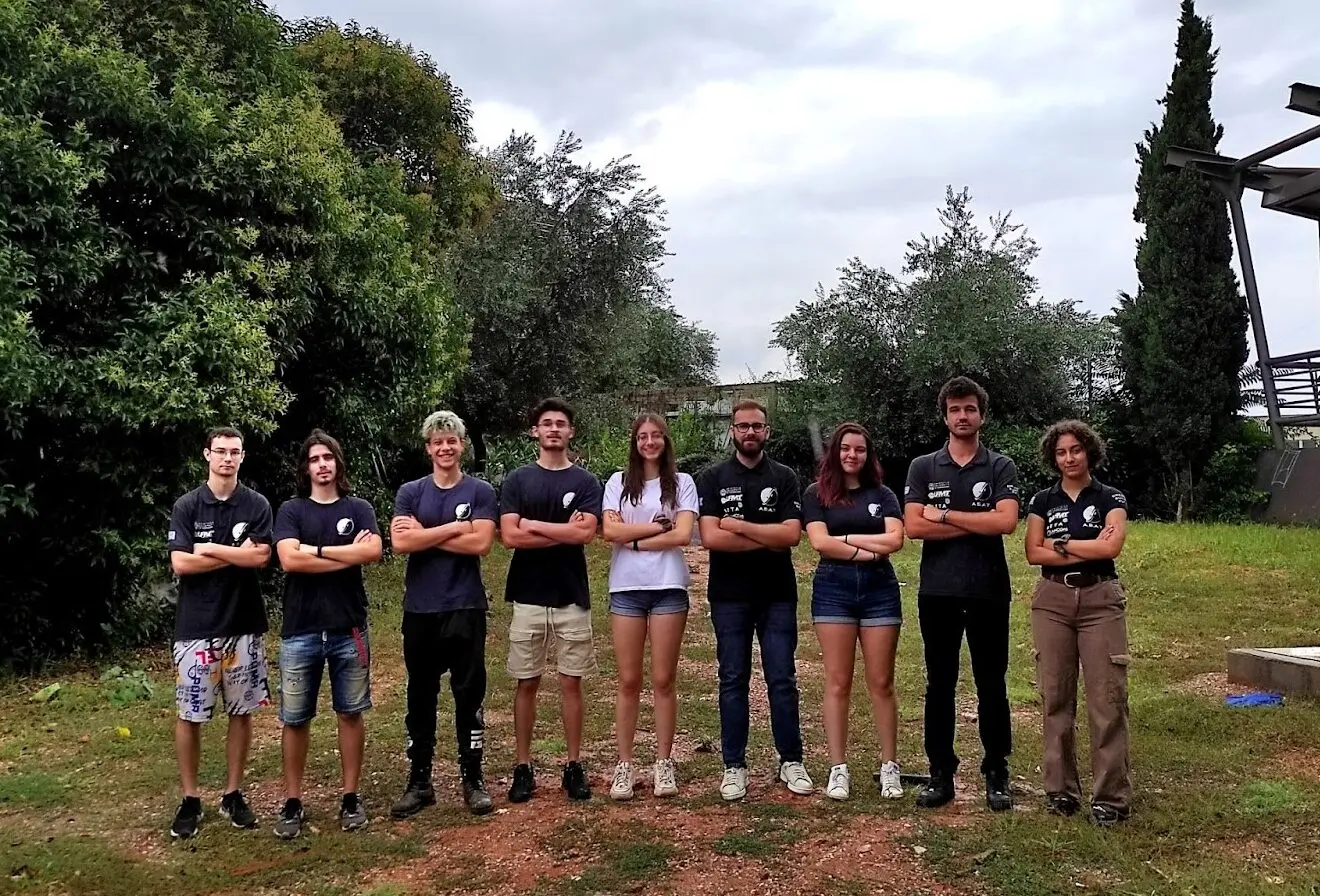Structural
Every mechanical engineer responsible for the design of the structural frame of a satellite must ensure its ability to withstand the entirety of the loads imposed on it throughout the course of the mission.

What exactly do we mean though when we refer to loads? Although there is no friction in the space vacuum to stress the satellite’s structure, the extreme temperature changes due to the constant interchange of its trajectory between direct sunlight and eclipse render the usage of materials capable of maintaining their size and shape necessary. Furthermore, what must primarily be taken into consideration are the extremely intense forces and vibrations developed during launch onboard the rocket setting the satellite into orbit. In numbers, these forces can reach levels 18 times the force of gravity! The need for structures with integrity against tensions and strains is therefore evident.
The Structural subteam ensures the CubeSat’s structural integrity by paying attention to every small detail in the design. Every part as well as the frame of the CubeSat in its entirety are examined via static and vibrational analysis. If a component fails to pass these tests, it is then redesigned from scratch and reshaped in the correct way.
Another obligation of the subsystem is the adjustment of the total mass and its distribution along the body of the satellite. The total weight of the CubeSat must not exceed 4 kilograms, whereas the the center of mass must lie between 10-15 centimeters from its geometrical center. The aforementioned restrictions are essential in the prevention of the deployer’s overload with excessive weight and the uncontrollable rotation of the CubeSat after its release in space.
The Structural subteam consists of Vasilis and Christos, both undergraduate students in the Mechanical Engineering department of Aristotle University of Thessaloniki (AUTh), who are currently working on the new analyses for the improvement of the satellite’s sturdiness.
Thermal
Leaving the Earth’s atmosphere, the CubeSat will be met with the emptiness of space. The lack of atmospheric particles means that the only way to transfer heat is using radiation. For about ⅔ of each orbit the CubeSat will be in direct sunlight, starting to heat up. It is therefore important to dissipate the heat throughout the satellite and radiate the excessive amount during the eclipse if possible. This task might seem easy to perform at first, but an appropriate analogy could be the following: Imagine your smartphone having to work properly while being exposed to a hot furnace on one side and liquid nitrogen on the other side.
Given that the ideal temperature for the survival of the experimental subject of our mission, the fungi inside the Science Unit, is around 30 degrees Celsius, the challenge for the Thermal Sub-Team is even greater. Different satellite components have different temperature ranges and gradients of operation, which the team must ensure will not be exceeded, if we want the satellite to remain operational in space. The Thermal Sub-Team will therefore select the appropriate thermal components to be used inside our satellite, namely heaters and insulation materials (MLI blankets). To orchestrate the above, it is also crucial to perform the so called “Thermal Analysis” using simulation software. At a later stage, the Thermal Sub-Team will be responsible for the conduction of thermal vacuum tests, which will verify the accuracy of the Thermal Analysis performed and guarantee that the CubeSat can withstand the tough conditions of space.

The Thermal subsystem consists of three members: Vasiliki, Dimitris and Nikos, all of whom are undergraduate Mechanical Engineering students at the Aristotle University of Thessaloniki. For the time being, Dimitris is working on the steady state analysis that will decide the insulation components that will be used, while Vasiliki and Nikos are finalizing an early version of the Thermal Analysis which will help them understand the total thermal stress of the nanosatellite.

CMA D. ARGOUDELIS & CO S.A. – ASAT coοperation
CMA D. ARGOUDELIS & CO S.A. supports as Bronze Sponsor the research project entitled “A.S.A.T. (Aristotle Space & Aeronautics Team, project Sirius Engine)”, showing its



